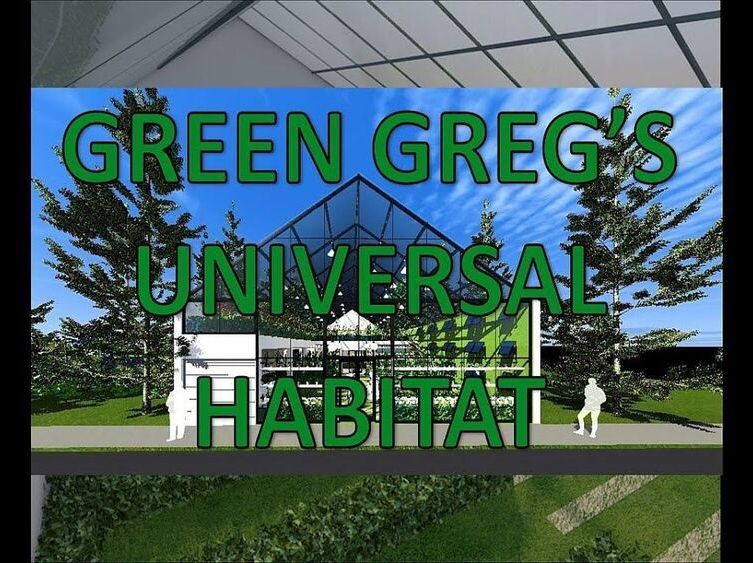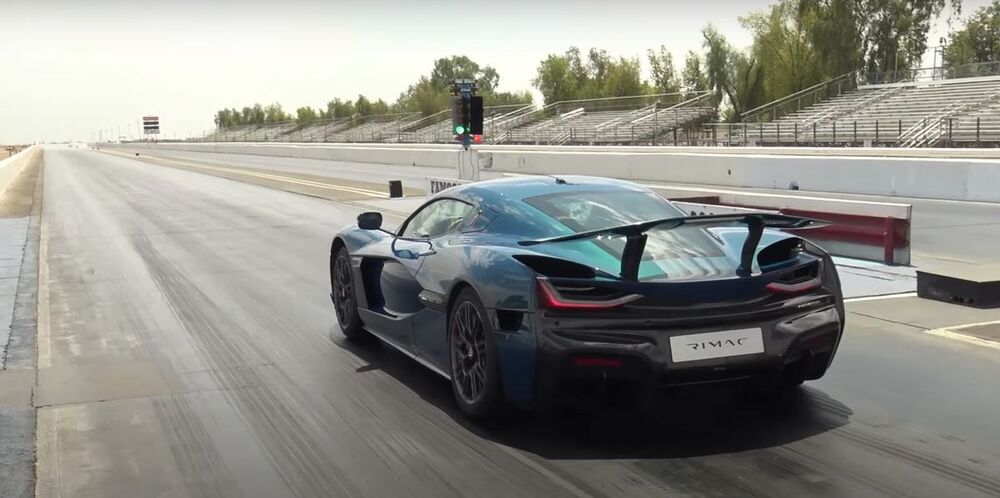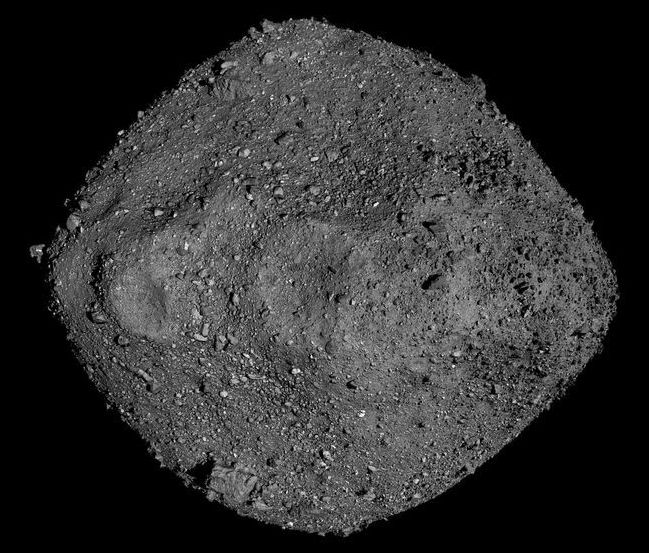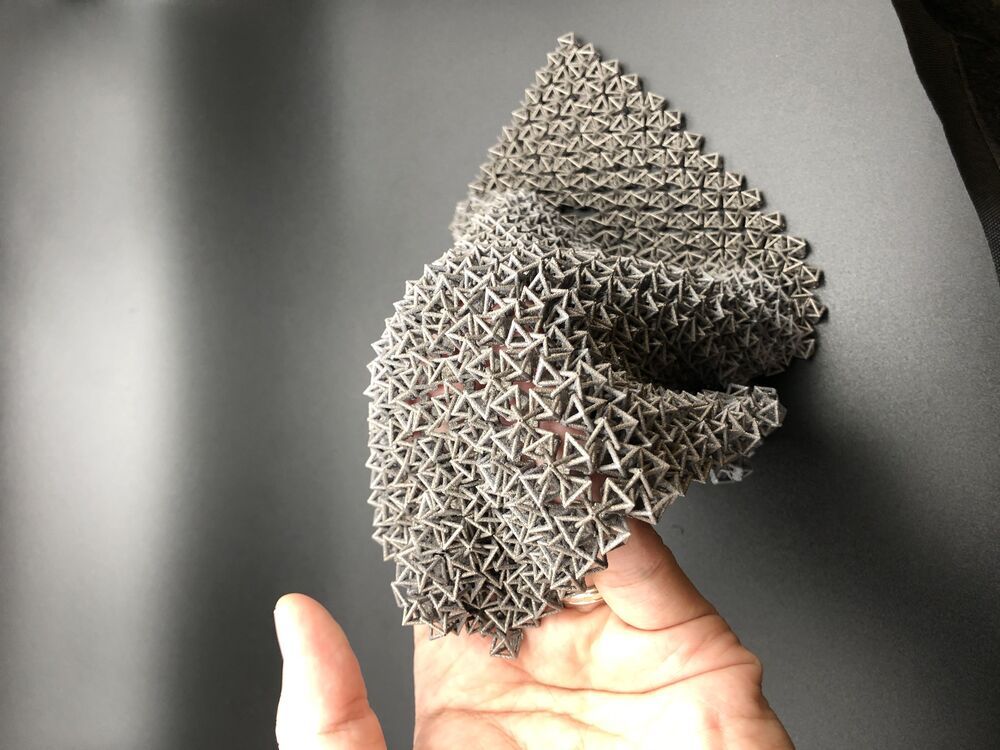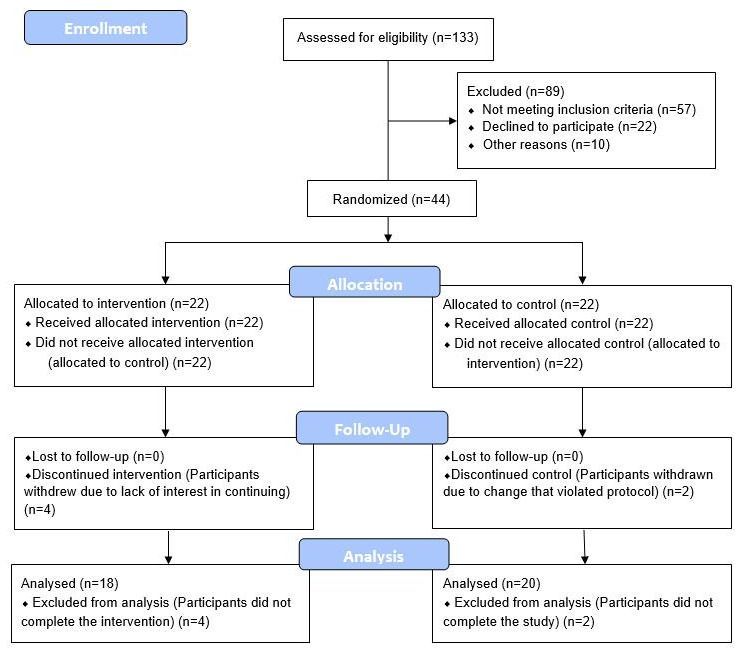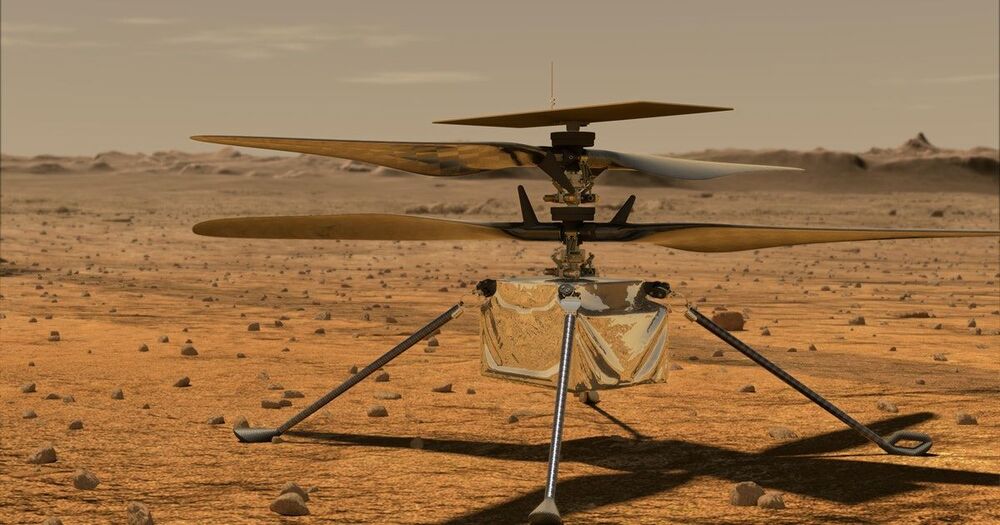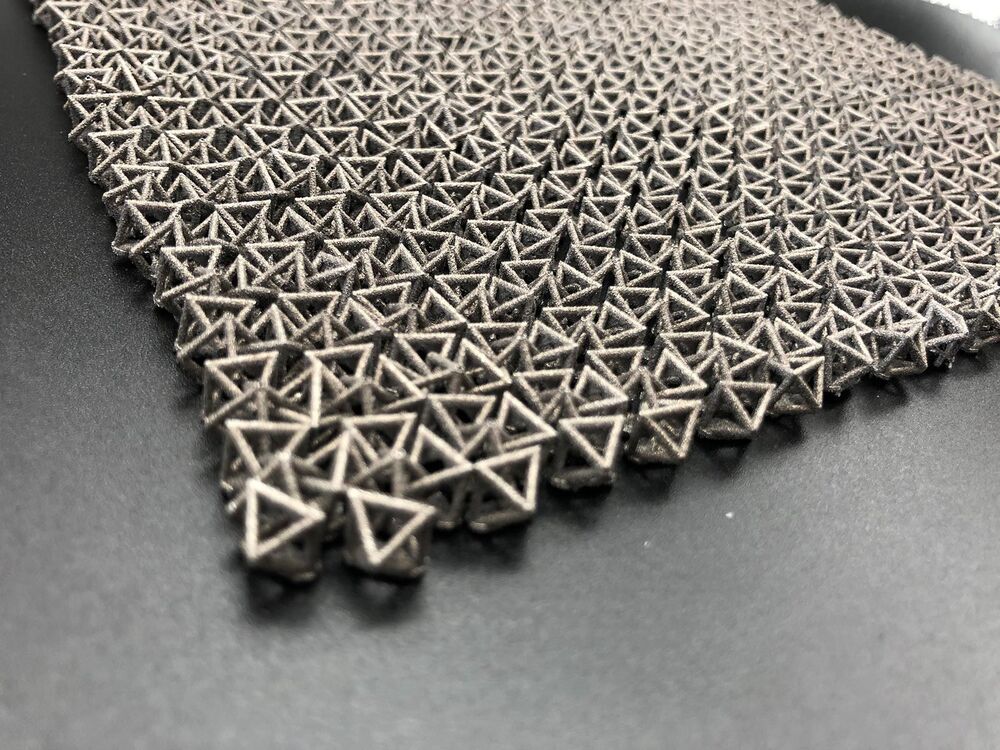Aug 13, 2021
Universal Habitat The Best Home for Anyplace on Earth or in Space
Posted by Greg Allison in categories: climatology, habitats, space, sustainability
Imagine a home that pay you to live in it because you can make a living out of it and grow almost all of your food in it as even sell food from it. Imagine a home that provides its own water and energy. Imagine a home concept that will work almost anywhere on Earth or in space that is cheap to build! Imagine living a high standard of living with virtually no environmental or carbon footprint whilst you retain freedoms. Imagine much less need for utilities. Imagine a home that is resilient, sustainable, can stand up better to environmental or manmade disasters. You own personal bug-in fortress. Imagine a home so green it will start an ice age! See the Greenest concept ever! Image a home you could put almost anywhere! This IS a world changing concept. Make it go viral!
You can support Galactic Gregs by supporting the sister channel Green Gregs by clicking the links below:
See the Special Deals at My Patriot Supply (great space mission food): www.PrepWithGreg.com.
For gardening in your space habitat (or on Earth) Galactic Gregs has teamed up with True Leaf Market to bring you a great selection of seed for your planting. Check it out: http://www.pntrac.com/t/TUJGRklGSkJGTU1IS0hCRkpIRk1K
